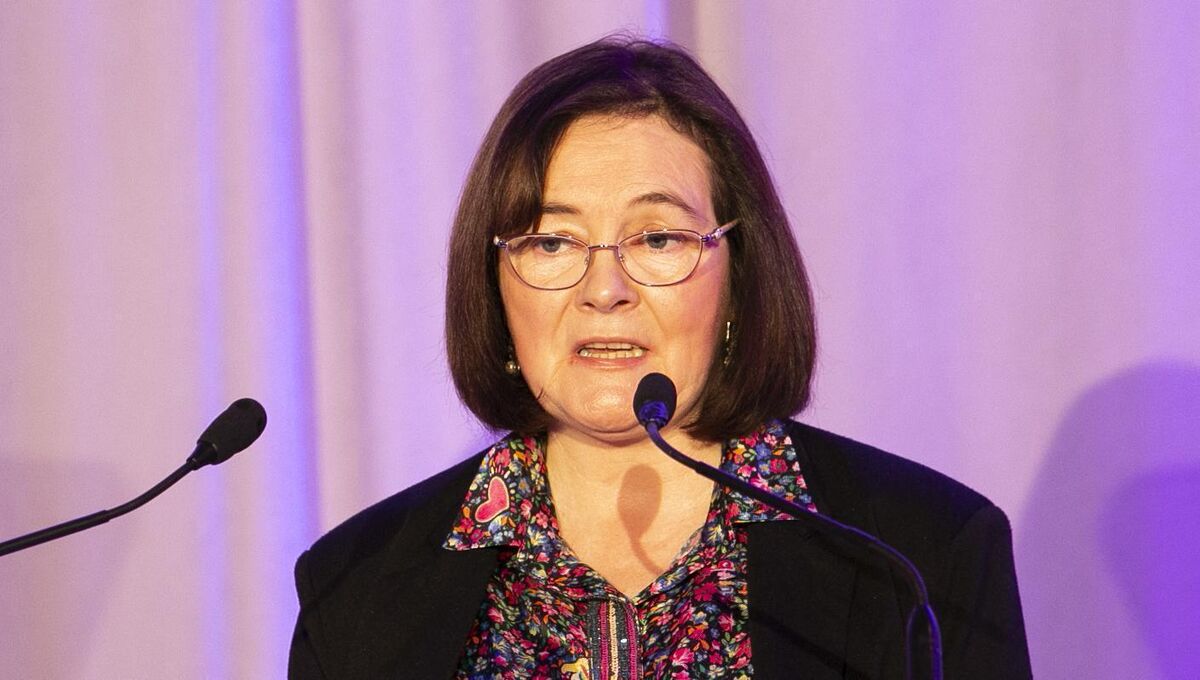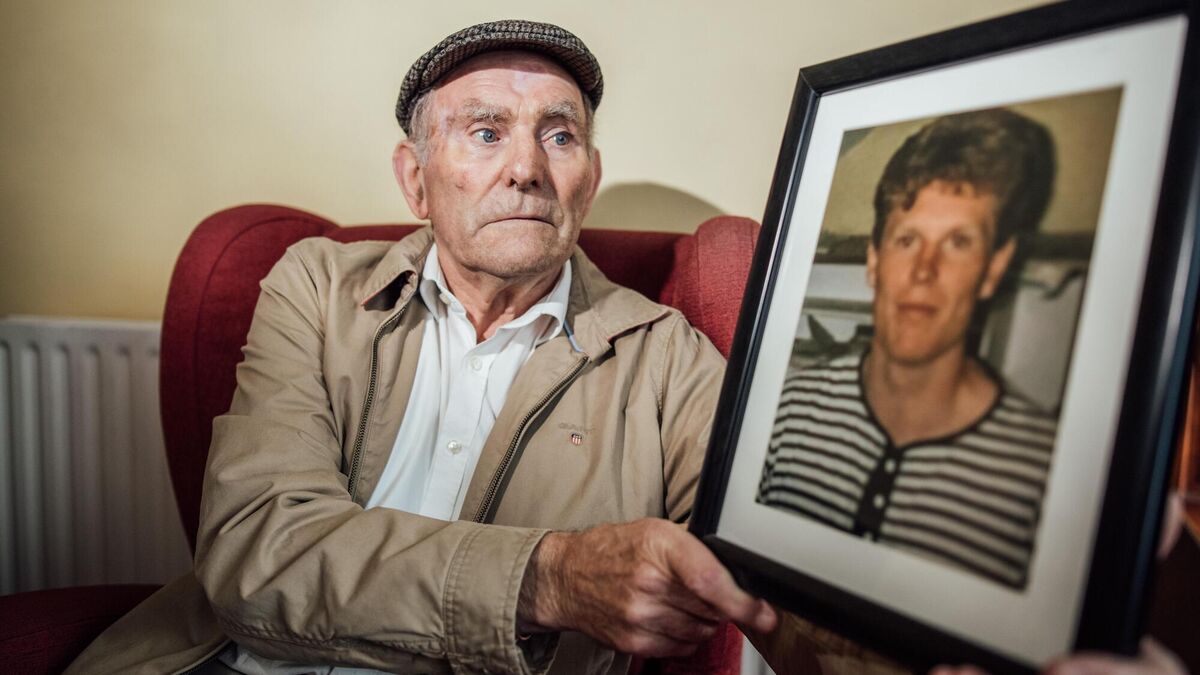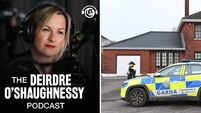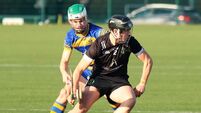Grey hair, gold tooth: Why we need more information on Ireland's unidentified bodies

The full or partial remains of 44 people are on a new Irish database of unidentified remains. Picture: Pexels
In Drumcliff graveyard in East Clare rest the remains of a woman whose identity is unknown and whose family is unaware of her burial place.
Most people in Ireland have never heard about her but she is one of 44 people whose full or partial remains are on a new database of unidentified human remains in Ireland which was launched in May.
The database reveals that the woman may have been Vietnamese and her body was found in the sea near Doolin in West Clare on October 4, 2018. In a column marked “descriptive details”, the reader is told that the body had “open wounds and open fractures deemed not post mortem”, adding that the woman was “potentially” Vietnamese.
However, readers of the database will not know that two pieces of jewellery were found with her. Nor will they know that she was of slim build, measured 5ft 9in, had grey hair and a gold tooth, and was between 50 and 55 years old. They will not know the exact location where her remains were found, half a mile out to sea from the Sea Stacks close to the Cliffs of Moher.

That in-depth information is only available if someone goes to check the UK database on the National Crime Agency’s website.
However, if they don’t, they will not be aware of that information from the Irish equivalent. But if they do check the UK site, they will not only be able to read the details about the woman’s jewellery, they will also be able to view photos of the gold bracelet and gold ring with green stones which were recovered with the body.
While the Irish database notes that the woman had “open wounds”, the UK one elaborates that she had a vertical scar in the midriff area.
Hers is the only Irish case currently on the UK database, although a Google search of some of the 44 cases on the Irish database unearths listings of them on other international websites about missing persons.
While the Department of Justice says it is committed to doing everything possible to ensure families have the best chance of finding their missing loved ones, there is a feeling among some that more could be done.
It has been almost 20 years since Claire Clarke-Keane from Co Louth first came up with the idea of a database of unidentified remains across Ireland. It was in 2005, three years before the opening of a cold-case review of the disappearance of her sister Priscilla.

Priscilla disappeared after going horse-riding with her employer Lynda Kavanagh in Wicklow in 1988. Mrs Kavanagh’s body was recovered from the River Dargle two days later but Priscilla has never been found. She is one of 856 people who remain "missing" in Ireland.
“The database is a start but it needs to have visuals — it is just a spreadsheet," says Claire.
She believes that distinguishing clothing, jewellery, or any other items found with or on unidentified remains should be photographed and placed on the database too.
For example, the database as it currently stands includes details of one man whose remains were discovered in the River Liffey in May 1982. He was wearing a navy jacket with a yellow John Player badge.
Another man whose remains were taken from the sea at Howth had a large multicoloured tattoo of a serpent, flowers, and a crest, with Mam-Dad written on it. He also had two other tattoos on his legs.
On entering the UK database, a user is greeted with a warning which flashes up on screen: “This website contains images that may be distressing. Images deemed to be sensitive have been obscured and will require further permission from the user before viewing.”
That is because some of the current listed cases provide images of the remains, including the face, or tattooed limbs. Many have images of clothing, jewellery, or footwear either found with the remains, or which were similar to what they were wearing.
Data about unidentified remains must be sent to the UK Missing Persons Unit within 48 hours for inputting into the database, to assist major crime investigations and in bringing closure to the families of missing people who are deceased.
Here, the current plan is to update the database on an annual basis, through returns from each district coroner to the Department of Justice.
Claire Clarke-Keane feels strongly that more needs to be done to ensure that every unidentified full or partial body currently in Ireland is located and its details recorded. She wants an audit to be conducted in cemeteries across the country to establish how many unmarked graves are in Ireland, or how many graves have markers signifying that unidentified remains are buried in them.
That is because she often wonders if her sister, who would have turned 61 in August, was perhaps laid to rest in Deansgrange cemetery in Dublin, a massive cemetery close to the Dublin coast. It is possible, she muses, that Priscilla’s body could have been found by someone and that she could not be identified, possibly leading to her being buried unknown to her family — as occurred in the case of the Asian woman in Drumcliff cemetery in Clare.

In Limerick, the family of Denis Walsh is planning to take a case against the State after they found out in February 2021 that their son’s remains had been lying in a communal grave in Galway unknown to them. He had disappeared 25 years earlier and his remains washed up on a beach on Inis Mór a month after his disappearance.
However, although his body lay in a morgue in Galway for 18 years before being buried in a communal grave, efforts by his parents Denis Senior and Mary to find their son failed.
Forensic anthropologist Rene Gapert, who until recently was a coordinator of the National Missing Persons Helpline, included the need for a database in a 2018 proposal he drew up to tackle the issue of unidentified remains, which was submitted to the Department of Justice.
He echoes Claire Clarke-Keane in saying that while the launch of the database is welcome, it should be just the first step in a range of measures.
“Ireland now has a database but now let’s build on it," he says. He believes there needs to be a “central role” for forensic human identification “that not only looks at the cases in terms of carrying out work of identification but also looks at the research behind it, and also training for police, forensic scientists, forensic pathologists, forensic anthropologists — training in missing persons and unidentified remains because if you don’t pass this expertise on, you don’t have a way of passing it on like the other institutions that are established and which have a training component".
He also believes there should be a central point of contact for gardaí, coroners, and forensic scientists relating to unidentified remains.
A spokeswoman for the Department of Justice said: “The Department of Justice established a forum in July 2021 alongside An Garda Síochána’s Missing Persons Unit and Forensic Science Ireland [FSI] to facilitate information exchange on unidentified remains.
"The stakeholder forum, to include the Coroner Society of Ireland, will discuss improvements that may be made in relation to the gathering and sharing of unidentified remains and missing persons data.
The department has previously said there are no immediate plans to establish a centralised office to progress work in this area.
“The unidentified remains database is at an early stage of development, having been published in 2023 following the requesting of information, for the first time, from coroners as part of their annual statutory returns in 2022," said the spokeswoman.
"It contains information as requested from and provided by coroners.”
Coroners Society of Ireland information officer, Mayo coroner Patrick O’Connor, said the organisation would welcome the establishment of a more detailed database but says it is not the responsibility of coroners to do so.
“Coroners feel that such a facility should be established on a national basis by the Department of Justice in consultation with an Garda Síochána, the HSE, the Coroners Society of Ireland, and other relevant authorities in the State.
“The funding for such a facility is a matter for the State to provide. Coroners do not have proper and full remuneration at present to carry out their statutory obligations, and despite that are struggling to give as good a service to the public and others as can be done.”











